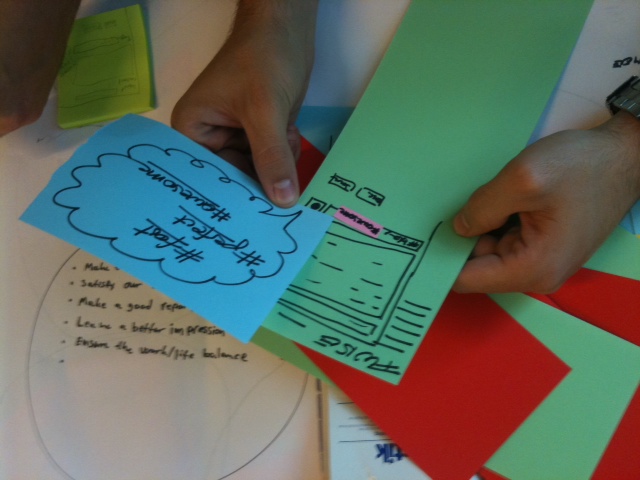A prototype is an unfinished and physical test version of a product, a service or a process and prototypes may be used in order to develop, test and communicate ideas and concepts.
It is important that the students consider how to include prototypes in the innovation process. Prototypes should be tested – preferably several times – during the innovation process and afterwards revised. This needs to be included in the students’ planning of the process. Besides this, the students should develop and test several different prototypes that are able to “compete” with each other during the test period.


